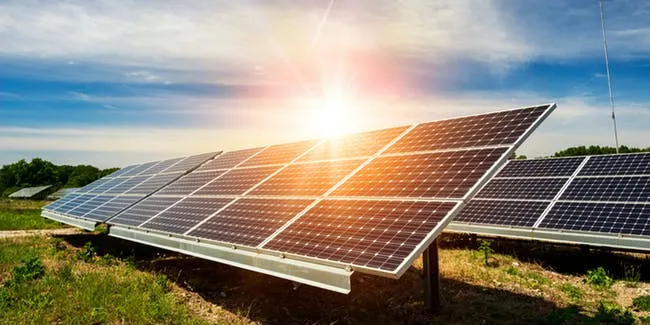Researchers have discovered how to avoid energy waste by solar modules
- Hot electrons can appear a key to maximizing energy collection from the sun by photovoltaic panels.

The researchers from two major research universities (UG in Netherlands and NTU in Singapore) have found out how to avoid wasting electrons from semiconductors. This invention is likely to become a huge step toward solar cells with zero emission level with maximum possible solar energy harvest. The theoretical efficiency of such devices is expected to reach 30%.
Photovoltaic modules are becoming more affordable day by day. Another major care of solar developers is their performance. The highest possible conversion rate achieved in lab conditions is 26.7% for silicon modules. The latest innovative technologies are predicted to increase this up to 46% for tandem devices consisting of cells meant for different light wavelengths.
In conventional PV cells, photons from the sunlight are converted into electricity by semiconductors. Photons do not always carry a sufficient amount of energy, sometimes they pass directly through the material. It can also happen that the material is not able to absorb the entire amount of the energy carried by photons. This excessive energy turns into heat, which is immediately absorbed by the material.
A wider bandgap could be an optimal solution for maximizing the number of photons caught. This can be achieved by using perovskite materials, which are more suitable for low-temperature flow production compared to traditional silicon cells.
The group of scientists has managed to widen a bandgap by pairing hybrid organic-inorganic perovskites with organic bathophenanthroline. The researchers have tested the way the electrons behave in the materials, when excited by a laser.
The experiment has shown that hot carriers get absorbed by the organic material. However, the energy required to collect the particles exceeded the bandgap. The next thing to do is to apply the innovation to solar production and to prove the technology can really help collect and utilize more solar energy.
Also read
- Self-Assembling Molecule Breakthrough Brings Commercial Perovskite Solar Closer to Market
- Camphor Additives Boost Perovskite Solar Cell Efficiency
- NUS Sets Record With 26.4% Perovskite-Organic Solar Cell
- Boric-acid interface pushes all-perovskite tandem cell efficiency to 28.5 %
- World-Leading Efficiency: NUS Team Sets World Record with 26.4% Perovskite-Organic Tandem Cell
